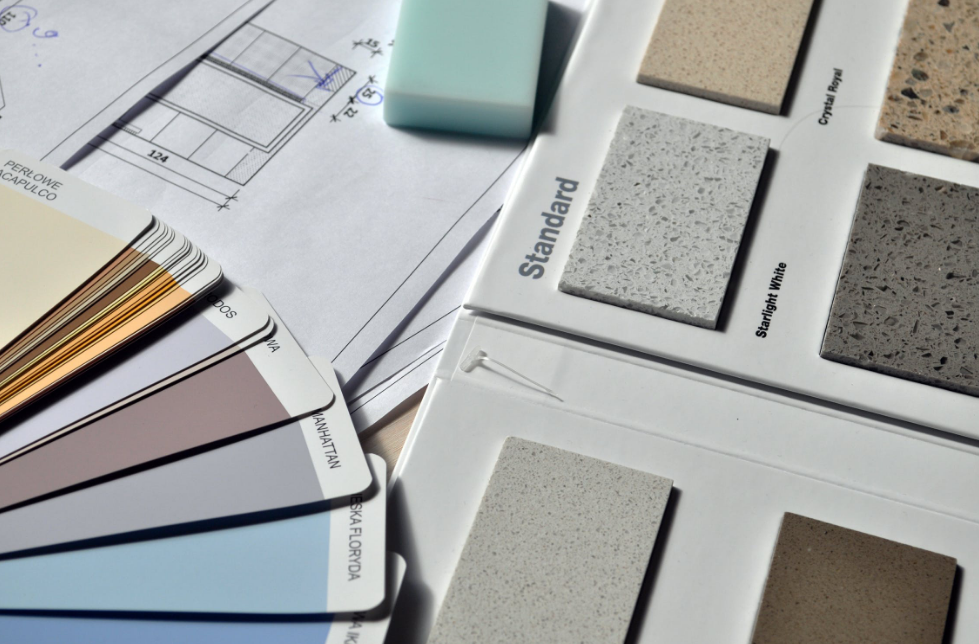All the Things You Need to do Before Painting

Without a doubt, painting can be as easy as riding a bicycle. It’s not a convoluted process, and if you’re not up for the task, you can still hire a professional. But why seek the services of an expert and end up wasting cash on something that requires almost no skill or effort? With the help of this blog post, you’ll get to know about a couple of essential things to take into account before working on any painting project.
Observe Your Safety
Statistically, the National Safety Council noted that 8 million emergency room visits every year is a result of unintentional injuries. Patients suffer from these afflictions after accidentally falling while going about their regular daily routines. You need to be cautious if you’ve decided to paint on your own. Borrow a steady ladder from your neighbor or go to your local store to buy one which comes with a shelf that you’ll use to place your paint can and tools while working.
Primer Timer
Shockingly, you need to know we do have paint-with-prime products that can reduce the time consumed during painting. The downside is you’ll have to apply more than just one coat if you want an even finish. Before kicking off the paint job, you also have to ensure the paint you’re about to use is similar to the old one and if it’s not, you have no other choice but to sand the wall so that the new paint adheres. With priming, you get guaranteed fresh, clean canvas and the best results. You are also to use oil-based primers if you happen to have water stains because a water-based primer reactivates water-based strains.
Find out what hue is more appropriate in your case
Some of you might not be aware of the fact that a color selection can be vexing in a way. The color of the paint always hinges on the age of the house and not forgetting its architectural structure. The Sherwin-Williams Historical Collection advises individuals with homes that got constructed during the Arts and Crafts era to use red or rustic green paints. The color of your room can influence your mood in many ways. For instance, red and orange usually tone excitement, yellow is uplifting, and blue and green will soothe you.
Be Creative
Paintworks require organization. It doesn’t make sense for someone to start by painting the walls before the ceiling. The smudges and drips will ruin everything and hence compel you to go back and repeat the entire process. First, you should create a clean paint perimeter using an edger above the trim and below the ceiling before painting the walls.
Give Yourself Enough Time
Any paint project will ordinarily take a longer time than what you’d expect. If you’ve decided to work on your painting project, take your mind off other obligations. Give yourself a few days or a week.
Do your homework
After you’ve made up your mind on the color you want, you need to sample all its available shades. Ask yourself whether you’ll be going for a lighter quality or a dark one. With the help of a poster board, you can apply these samples and test the look around the room. The time of the day should also be crucial when making a decision. If the room is full of natural light during the day but a dim one in the afternoon, you’ll have to test both times using all the shades.
Get the sheen right
The sheen you pick will play a pivotal role in determining the optimal paint’s performance. If you’re looking to conceal your surface imperfections, then flat, shine-free paint finishes are your best option, and furthermore, they are well-suited to vibrant color. However, most individuals find flat finishes hard to clean since they soil easily. They, for this reason, prefer satin finishes and thus apply them in kitchens. For the stylized rooms, you can go with high-gloss paint.
Sudsy Solution
The reason most Oakland County Michigan professional painters have better results on their paint projects than you do on yours, is that you chose to ignore the essence of washing your walls before working on them. That dust and dirt are what distinguishes a rookie from an expert, and the reason why the fresh paint won’t adhere to the surface. According to the recommendations, you ought to use warm, soapy water, or preferably a TSP solution, to clean the walls before painting them.
Purchase the required quantity
Ensure you don’t run out of paint halfway through the job. Take measurements and use the estimates printed on the can to approximate the amount demanded. Try to plan for two coats instead of one.
